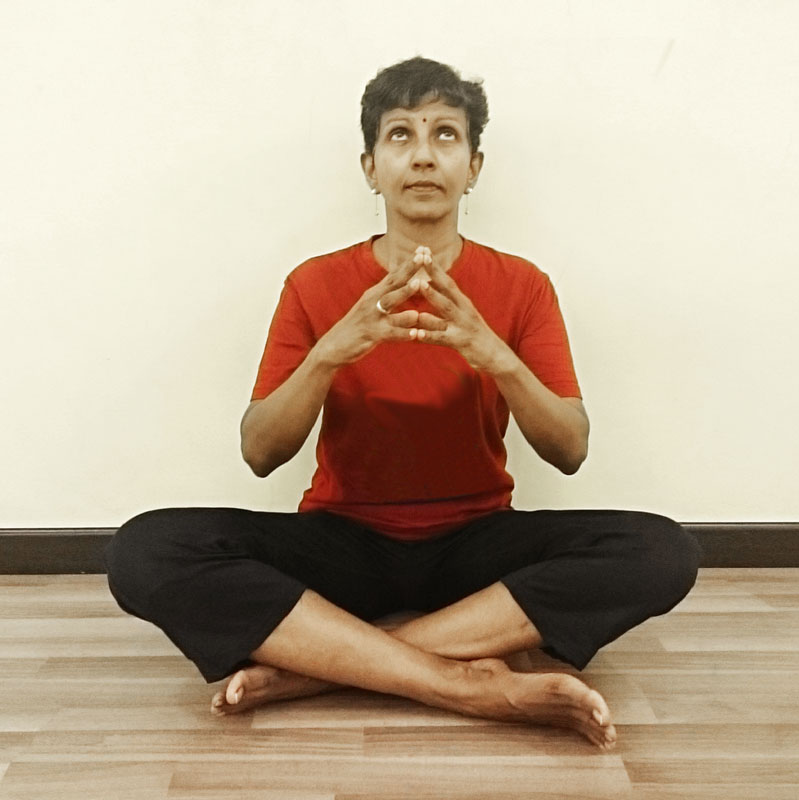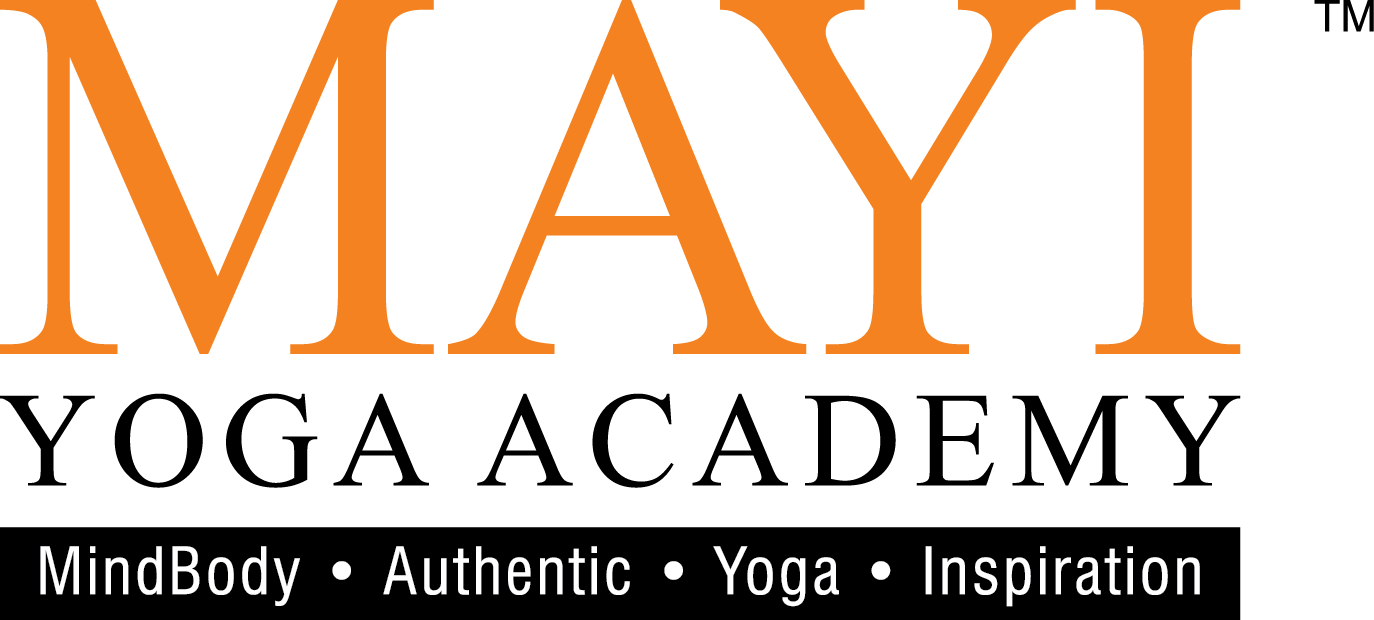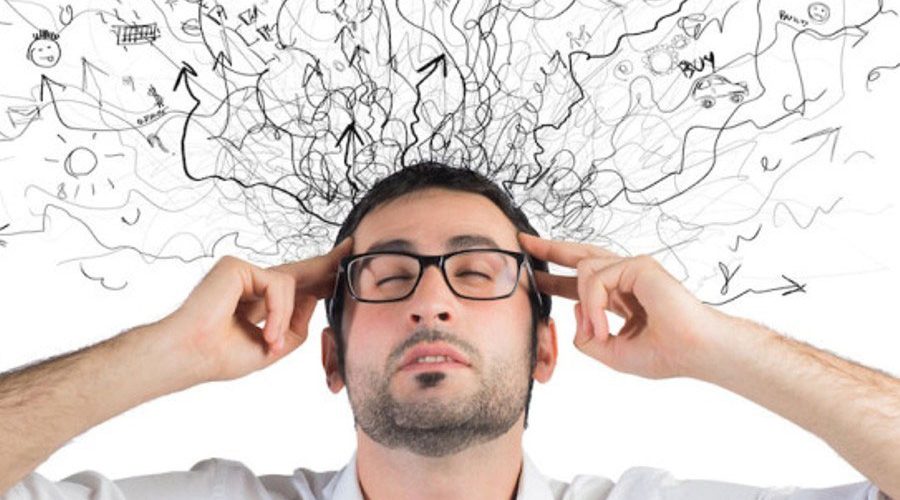By Chandra Nanthakumar
It has been advocated in Ayurveda science that the core cognitive function of the human brain starts showing signs of degeneration by the fourth decade of human life, and after the eighth decade, loss of decision-making intellect becomes more evident, thus leading to dementia and other memory disorders (Singh, R.H., Narsimhamurthy, K. & Singh G., 2008). Statistics have revealed that 36 million people suffer from dementia, which is characterised by a decline in memory, language, problem-solving and other cognitive skills that affect a person’s ability to perform daily activities; and if nothing is done about it, it is predicted that the number will increase to 66 million by 2030 (Princeton, et al., 2013; Wilson, Segawa, Boyle, Anagnos & Bennett, 2012).
As people are seen to be losing their memory due to damaged or destroyed nerve cells in the brain, various methods are being tried not only to maintain, but also enhance memory power. Research has shown that the active ingredient in Bacopa Monnieri (i.e. brahmmi), known as bacosides, helps in the regeneration of brain cells. An animal study conducted found that long-term ingestion of bacosides supplements showed therapeutic value against rapid degeneration associated with Alzheimer’s disease (Rastogi, Ojha, Prabu, Devi, Agrawal, & Dubey, 2012). Alzheimer’s disease is the main cause of dementia.
Scientifically proven - Meditation enhances memory power
Nevertheless, there are other non-pharmacological methods that have been proven to enhance memory power. Meditative movements such as meditation, mindfulness, and mudras (symbolic hand gestures) have been proven to not only improve one’s health but also boost one’s faculty. Studies have shown that meditation, which is defined as a group of self-regulatory techniques focused on maintaining attention and awareness, can be a potentially suitable non-pharmacological intervention aimed at the prevention of cognitive decline.
In a study conducted by Harvard medical school, researchers have found that the participants had better control over the alpha rhythms (i.e. one of the brain waves) after practicing mindfulness meditation for eight weeks (Kerr, et. al, 2011). The brain scan of these participants, who had been practicing meditation for 45 minutes per day over eight weeks, revealed significant changes in the amplitude of the alpha waves when they were asked to focus on a specific body part. Results also revealed that the change occurred more rapidly in the meditators compared with the control group.
In another eight-week study of 16 volunteers, results revealed that meditation had produced an increase in the grey matter of the left hippocampus, a small horseshoe-shaped structure in the central brain involved in memory, learning and emotional regulation (Adams, 2014). Upon taking an MRI scan two weeks before and two weeks after the eight-week mindfulness, meditation practice, the volunteers found their posterior cingulate cortex to be positively affected by the meditation intervention. According to the researchers, the mental exercise (i.e. meditation) stimulates the neurons that make up the grey matter and this, in turn, forms denser connections amongst themselves (Adams. 2014).
Besides meditation, mudras have been proven to be equally effective in increasing memory.
The Hakini mudra not only improves concentration but also heightens coordination between the left and the right hemispheres of the brain (Indian Net Zone, 2014). Prolonged practice of this mudra helps one access the right hemisphere, which is where memory is stored. Also, this mudra helps improve one’s breathing.
This mudra can easily be done following the steps below:
- Sitting in a comfortable position, connect all five fingertips of the right hand to the respective fingertips of the left hand. While the fingertips of both hands are in contact with each other, the fingers are slightly apart. The palms are also apart (See figure beside).
- Keeping the eyes gazed at the trikuthi (i.e. at the space in between the eyebrows), curl the tongue to touch the palette to form a tongue lock as you inhale. Upon exhalation, release the tongue lock.
- Continue to inhale and exhale slowly and deeply in this manner while the fingers on both hands are in contact with each other for about 10 minutes.
Gradually, increase the duration of this practice to 45 minutes and witness the significant impact of this mudra.

In short, one should consider engaging oneself in these simple but effective techniques to develop memory power. At the initial stages, guidance is needed. Please feel free to speak to one of our therapists at MAYI Yoga Academy for more information.
References
- Adams, S. (8 November, 2014). Proof that meditation can grow your brain: In just eight weeks it can improve learning and memory. Retrieved from http://www.dailymail.co.uk/health/article-2826953/Proof-meditation-grow-brain-just-eight-weeks-improve-learning-memory.html
- Indian Net Zone (2014, May 2), Hakini mudra. Retrieved from www.indianetzone.com/38/hakini_mudra.htm.
- Prince, M., Bryce, R., Albanese, E.,Wimo, A., Ribeiro, W., & Ferri, C.P.(2013).The global prevalence of dementia: asystematic review and metaanalysis. Alzheimers Dement. 9, 63e–75e.doi:10.1016/j.jalz.2012.11.007
- Rastogi M, Ojha R.P., Prabu, P.C., Devi, B.P., Agrawal, A, & Dubey, G.P. (2012). Prevention of age-associated neurodegeneration and promotion of healthy brain ageing in female Wistar rats by long term use of bacosides, Biogerontology, 13(2):183-95. doi:10.1007/s10522-011-9367-y.
- Singh, R. H., Narsimhamurthy, K., & Singh, G. (2008). Neuronutrient impact of Ayurvedic Rasayana therapy in brain aging. Biogerontology, 9(6), 369-74. doi:10.1007/s10522-008-9185-z.
- Wilson, R.S., Segawa, E., Boyle, P.A., Anagnos, S.E., Hizel, L.P., & Bennett, D.A. (2012). The natural history of cognitive decline in Alzheimer’s disease. Psychol Aging, 27(4), 1008-17.

